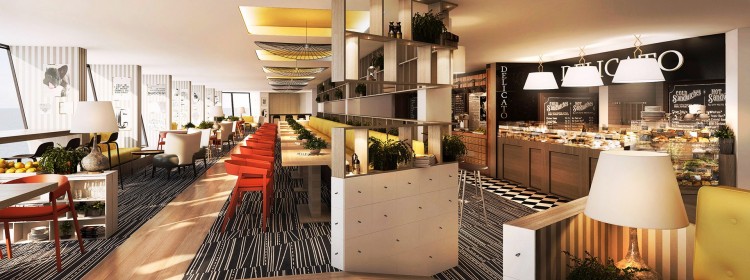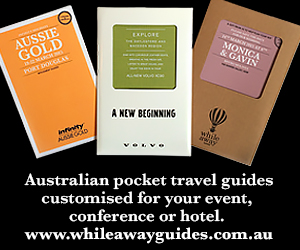The Chief Executive of the Exhibition and Event Association of Australasia is one of the most respected personalities in her industry. In this interview with The Siteseer, Joyce DiMascio shares her insights into the business she loves and lessons learned in her long and distinguished career.
Siteseer: What, in your view, are the key issues facing the industry? You’ve praised its resilience in the past: are you optimistic or otherwise now, and why?
Joyce DiMascio: Many issues impact the performance of the exhibition and events industry – in particular, the state of the economy and the performance of industry sectors within it. When business and consumer confidence is up or down, it directly impacts the sector. When technology, food and lifestyle sectors are up, so are the shows. When the industry category, say mining, is down, so are the mining-related events.
Government policy is also a driver. When you have investment in infrastructure, particularly in venues and transport, it sends a strong message to the events industry that the government values the contribution made by those who deliver events.
“There’s no value in squeezing the small suppliers to cut their margins, they’ll simply be put out of business. Organisers, venues and suppliers have to work together for the good of the whole industry.”
At present we’re seeing record investment in venues around the country, and fit-for-purpose infrastructure helps the industry to run outstanding events. With refreshed venues you get more efficient back-of -house and more satisfying front-of -house experiences for partners, exhibitors, delegates and visitors.
I’m optimistic about the future because our sector is very commercial and nimble. Organisers create new shows to replace under-performing ones. They create marketplaces where buyers and sellers can meet, or where enthusiasts can pursue their passion. This is at the heart of the value proposition of expos.
 SS: What kind of additional support for the industry in Australia would you like to see?
SS: What kind of additional support for the industry in Australia would you like to see?
JD: In Australia we’d like governments to continue to recognise the power of exhibitions to drive the economy, stimulate trade and investment, drive visits and stimulate employment. We’re getting much more traction at a political level and greater awareness of the importance of our sector, but it’s been a slow process. Business events certainly drive tourism, but they do much more [than just that] and we need governments to embrace the opportunity to make more use of trade and consumer expos, meetings, conferences and incentives more.
SS: What will the most successful operators be doing differently in future?
JD: Ultimately the trade or consumer show experience has to be rewarding for customers, whether they’re buyers, visitors or exhibitors. Commercial organisers or association organisers who listen to the customers and evolve their show experience to deliver what they want – they’re the ones who will succeed.
We also need strong partnerships between the organisers, venues and suppliers. All players need to prosper and do well. There’s no value in squeezing the small suppliers to cut their margins, they’ll simply be put out of business. Organisers, venues and suppliers have to work together for the good of the whole industry.
SS: Do Australian venues, generally, represent value for money for inbound business? What have we got that makes us special, and what should we be doing/building to stay a step ahead?
 JD: Australian venues are generally very good and we have some outstanding facilities across the states and cities, though some could do with more investment to keep their facilities fit-for-purpose and stay competitive. Venues should consider their food and beverage services, wifi and AV, signage, transport access, back-of-house efficiencies, services, parking, weather-proofing, sound-proofing. These are all basic things fundamental to the operations of a good venue.
JD: Australian venues are generally very good and we have some outstanding facilities across the states and cities, though some could do with more investment to keep their facilities fit-for-purpose and stay competitive. Venues should consider their food and beverage services, wifi and AV, signage, transport access, back-of-house efficiencies, services, parking, weather-proofing, sound-proofing. These are all basic things fundamental to the operations of a good venue.
Our big convention and exhibition centres are outstanding, and this is recognised globally in the plethora of international awards presented to our venues. We work with them closely and find their capacity to deliver on our requirements to be outstanding. The EEAA holds about 30 events each year around the country. For our meetings and events they’ve all been very good.
SS: You have significant experience in the business, comms and government. What key lessons have you learned along the way that could be useful for PCOs reading this?
JD: I’ve worked in the most extraordinary roles throughout my career – privileged roles. I’ve also worked in a couple of truly awful places. My message is very simple – operate with professionalism always, invest in good staff, communicate openly, understand what’s driving your stakeholders. The thing that drives me most is my love for what I do. I always try to do my personal best every single time. That’s a value I promote with my staff as well. I do my best and I expect my staff to do the same always.
For PCOs and other organisers it’s really important that they build a strong partnership with their clients. They need to demonstrate a much deeper knowledge of the industry sector too. We know PCOs can organise events, but their remit needs to be much deeper. Their knowledge of the industry sector also needs to be outstanding so they can add value for their clients.
 SS: There’s a strong need these days, obviously, for venues and business events to embrace CSR and social and environmental credentials. Where’s this trend heading, do you think, and what else should the industry be doing in this respect?
SS: There’s a strong need these days, obviously, for venues and business events to embrace CSR and social and environmental credentials. Where’s this trend heading, do you think, and what else should the industry be doing in this respect?
JD: Corporate social responsibility should be in the DNA of all companies; I prefer to call it “responsible business practice”. Australia has a good CSR track record in the business events sector and we continue to recognise its importance. However, we need to keep it on the agenda and not become complacent.
SS: How and why are you enjoying the job?
JD: I’ve been heading up the EEAA for over five years now, and each day is totally energising. I work in an important industry and know the hundreds of events it delivers make a difference to the Australian economy. It’s my job to spread that message. I also love my job because it is difficult. It challenges me always to be looking at new ways to drive outcomes for our members and the industry. But most of all I love it because I feel valued and respected. I work with clever people in a stimulating environment where the future is bright. What more could I ask for?
JOYCE INSIGHTS
Joyce DiMascio has led the Exhibition and Event Association of Australasia since May 2011. In February 2014 she was named Industry Person of the Year at the Asia-Pacific Incentive and Meetings Expo (AIME) for her contribution to the industry and advocating on its behalf. She is former head of Business Events Australia at Tourism Australia and has led the work to position Australia globally as a place for business events.
Earlier in her career, Joyce was press secretary to two New South Wales Premiers and led the development of the tourism industry’s media strategy for the Sydney 2000 Olympic Games. She has extensive experience in major events and was a media manager for around 15 visits to Australia by heads of state and royalty including Charles and Diana and the Pope. She also launched the NSW Government’s foray into major events in the ‘90s, kicking off the first big events in food in Sydney and regional NSW – including Feast of Sydney and the Sydney International Jazz Festival.
She is a member of the Australian Institute of Company Directors, a councillor on the Board of Business Events Council Australia and a former board member of Trainworks and the Food Media Club of Australia.
ABOUT THE EEAA
The Exhibition and Event Association of Australasia (EEAA) is the peak industry association representing organisers, association organisers, venues and suppliers in the exhibition and event sector who deliver over 500 trade and consumer expos and shows a year.
An Ernst & Young study, The Value of Business Events to Australia, showed that in 2013-14 there were 2,157 exhibitions staged in Australia, attracting 9.3 million visitors and over 65,000 exhibitors. The direct expenditure from exhibitions was $3.1 billion and these events contributed direct “value-add” of $1.5 billion and generated over 21,000 full-time equivalent jobs.
 A not-for-profit organisation, the EEAA supports the industry by encouraging high standards, promoting association members and highlighting the business opportunities that exhibitions represent.
A not-for-profit organisation, the EEAA supports the industry by encouraging high standards, promoting association members and highlighting the business opportunities that exhibitions represent.
Read more about EEAA or view the Power of Exhibitions video.
For more information contact Joyce DiMascio, EEAA Chief Executive, on 02 9413 9520 or 0412 869 229, or Rebecca Ius, Events and Marketing Executive, on 02 9413 9520.
Captions:
Show images, from top:
Reed Gift Fairs
Sydney Boat Show
Mind, Body, Spirit Festival
 The well-appointed rooms are tastefully decorated and uniformly immaculate, a credit to the housekeeping team. Many have balconies and a view over the Ben Thanh market, which occupies an entire block and sells everything from sugared frogs eggs to live fish, shoes, ornaments and underwear.
The well-appointed rooms are tastefully decorated and uniformly immaculate, a credit to the housekeeping team. Many have balconies and a view over the Ben Thanh market, which occupies an entire block and sells everything from sugared frogs eggs to live fish, shoes, ornaments and underwear. The young people manning reception are obliging and willing to arrange day tours for reasonable prices. Arguably the most fascinating of these is a trip to the Cu Chi Tunnels, 60 kilometres from the city, which starts from about AUD 50 per person, including pick up at the hotel and transport in an airconditioned bus. It takes around two hours to get there but it’s worth the effort. The tunnels are a 200-kilometre-long network of underground passageways in which up to 16,000 Viet Cong sheltered during the Vietnam War and from which they launched attacks on US troops and, in earlier years, on French colonists.
The young people manning reception are obliging and willing to arrange day tours for reasonable prices. Arguably the most fascinating of these is a trip to the Cu Chi Tunnels, 60 kilometres from the city, which starts from about AUD 50 per person, including pick up at the hotel and transport in an airconditioned bus. It takes around two hours to get there but it’s worth the effort. The tunnels are a 200-kilometre-long network of underground passageways in which up to 16,000 Viet Cong sheltered during the Vietnam War and from which they launched attacks on US troops and, in earlier years, on French colonists.
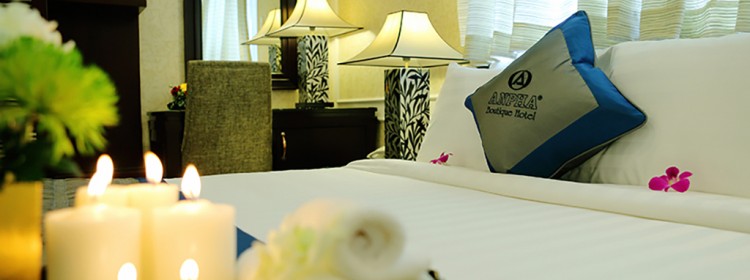


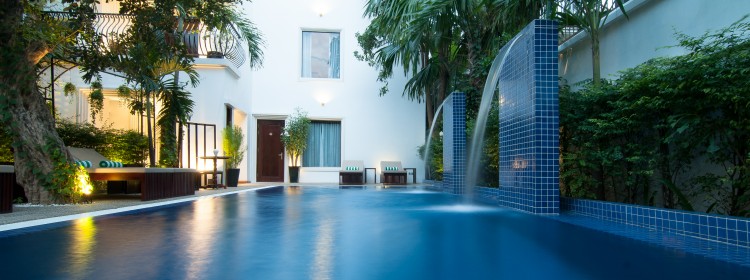
 “It’s not your fault,” I replied. “I’m the one who gave you the wrong dates in the first place; I should be apologising.”
“It’s not your fault,” I replied. “I’m the one who gave you the wrong dates in the first place; I should be apologising.” A dedicated meeting room can seat up to 20, and the two restaurants convert to versatile meeting spaces for 40 to 50 people, says a hotel spokesman. Moreover, as part of the deal, guests receive a free one-hour traditional Khmer massage and free access to the room minibar every day during their stay.
A dedicated meeting room can seat up to 20, and the two restaurants convert to versatile meeting spaces for 40 to 50 people, says a hotel spokesman. Moreover, as part of the deal, guests receive a free one-hour traditional Khmer massage and free access to the room minibar every day during their stay. During the serving of a multiple-course Khmer meal in the Suites’ main restaurant, for example, while a staff member performed a traditional Cambodian dance on a small stage, the food kept on coming. A piquant salad of chicken, mint, shaved vegetables and lime juice. Battered fish in coconut milk. Fragrant curries. Noodles and chilli.
During the serving of a multiple-course Khmer meal in the Suites’ main restaurant, for example, while a staff member performed a traditional Cambodian dance on a small stage, the food kept on coming. A piquant salad of chicken, mint, shaved vegetables and lime juice. Battered fish in coconut milk. Fragrant curries. Noodles and chilli.

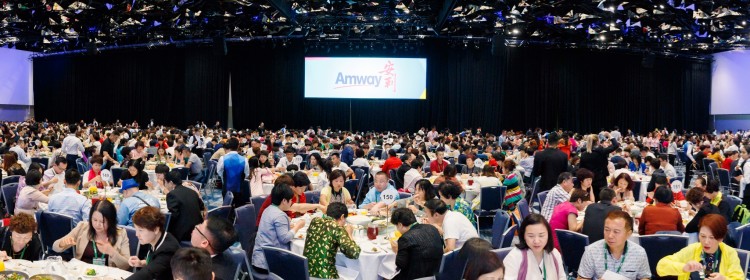
 They tackled it by planning carefuly, working closely with Amway China’s people to ensure no issue was left unresolved that might potentially cause problems when guests were on site.
They tackled it by planning carefuly, working closely with Amway China’s people to ensure no issue was left unresolved that might potentially cause problems when guests were on site. Associate Director of AV and Events Production of Amway China Bert Li was happy. “Every event comes with its own opportunities and complexities,” he says, “and every detail here was anticipated and delivered to a five-star standard.”
Associate Director of AV and Events Production of Amway China Bert Li was happy. “Every event comes with its own opportunities and complexities,” he says, “and every detail here was anticipated and delivered to a five-star standard.”
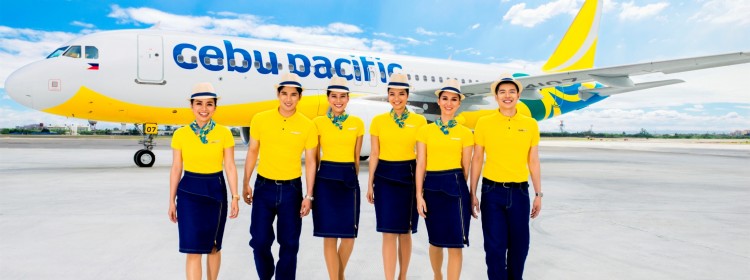
 “Any PCO or event manager organising an event in the islands, whether it’s a familiarisation trip, conference or incentive should contact our corporate booking office to discuss their requirements in more detail,” says Atty JR Mantaring (pictured, left), Cebu Pacific’s Vice President for Corporate Affairs.
“Any PCO or event manager organising an event in the islands, whether it’s a familiarisation trip, conference or incentive should contact our corporate booking office to discuss their requirements in more detail,” says Atty JR Mantaring (pictured, left), Cebu Pacific’s Vice President for Corporate Affairs.

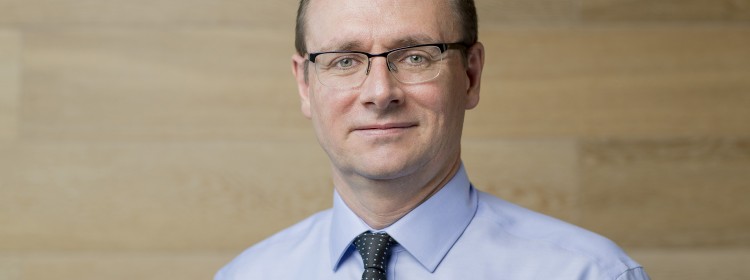

 From an events perspective we’ve used social media for delegates to share their experiences of our events such as the Australian Tourism Exchange, for the leisure sector, and Dreamtime, for the business events sector, while also using it to share our news announcements from these events with delegates and a wider audience. LinkedIn, too, has been a great tool for business event [organisers] to share insights and information with stakeholders. The key thing we’ve learned is really about making the content relevant to the audience, and inspiring.
From an events perspective we’ve used social media for delegates to share their experiences of our events such as the Australian Tourism Exchange, for the leisure sector, and Dreamtime, for the business events sector, while also using it to share our news announcements from these events with delegates and a wider audience. LinkedIn, too, has been a great tool for business event [organisers] to share insights and information with stakeholders. The key thing we’ve learned is really about making the content relevant to the audience, and inspiring.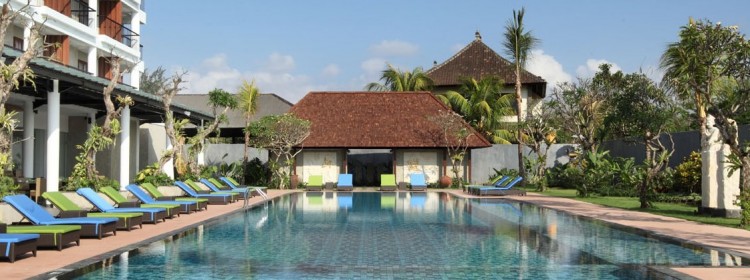
 A large, high-ceilinged breakfast terrace served by smiling staff in traditional Balinese gear looks out over an enormous blue swimming pool surrounded by walled tropical gardens of lawns, frangipani trees and shrubbery. On one side, a sign emblazoned with “Uluwatu Spa” beckons. I could relax here.
A large, high-ceilinged breakfast terrace served by smiling staff in traditional Balinese gear looks out over an enormous blue swimming pool surrounded by walled tropical gardens of lawns, frangipani trees and shrubbery. On one side, a sign emblazoned with “Uluwatu Spa” beckons. I could relax here. “We recently hosted a five-day conference for a business group of 70 people here very successfully, and we can easily accommodate up to 140 people theatre-style.”
“We recently hosted a five-day conference for a business group of 70 people here very successfully, and we can easily accommodate up to 140 people theatre-style.”
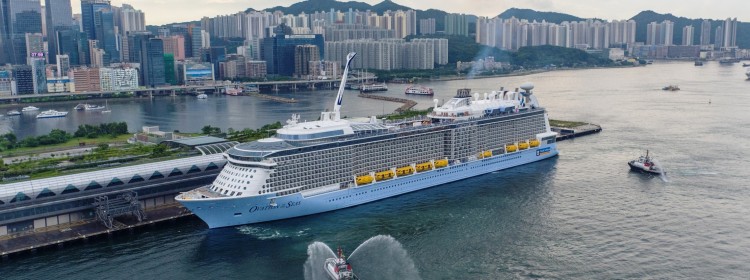



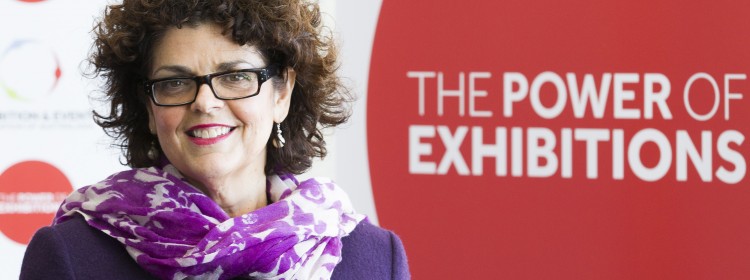

 JD: Australian venues are generally very good and we have some outstanding facilities across the states and cities, though some could do with more investment to keep their facilities fit-for-purpose and stay competitive. Venues should consider their food and beverage services, wifi and AV, signage, transport access, back-of-house efficiencies, services, parking, weather-proofing, sound-proofing. These are all basic things fundamental to the operations of a good venue.
JD: Australian venues are generally very good and we have some outstanding facilities across the states and cities, though some could do with more investment to keep their facilities fit-for-purpose and stay competitive. Venues should consider their food and beverage services, wifi and AV, signage, transport access, back-of-house efficiencies, services, parking, weather-proofing, sound-proofing. These are all basic things fundamental to the operations of a good venue. SS: There’s a strong need these days, obviously, for venues and business events to embrace CSR and social and environmental credentials. Where’s this trend heading, do you think, and what else should the industry be doing in this respect?
SS: There’s a strong need these days, obviously, for venues and business events to embrace CSR and social and environmental credentials. Where’s this trend heading, do you think, and what else should the industry be doing in this respect? A not-for-profit organisation, the EEAA supports the industry by encouraging high standards, promoting association members and highlighting the business opportunities that exhibitions represent.
A not-for-profit organisation, the EEAA supports the industry by encouraging high standards, promoting association members and highlighting the business opportunities that exhibitions represent.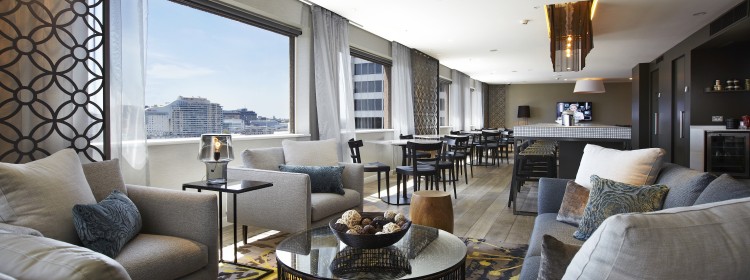
 “Price and location are definitely factors when you look at our meetings offer,” says Kurt, a thirty-year industry veteran who’s worked in South Africa, Singapore and China.
“Price and location are definitely factors when you look at our meetings offer,” says Kurt, a thirty-year industry veteran who’s worked in South Africa, Singapore and China. “One of our mottoes is to create experiences,” explains Kurt, “so when you come here for an event we can show clients places in the vicinity they won’t find on a tourism map – great bars with no names, the best coffee alleyways, local designer boutiques and similar best-kept secrets to exploring Sydney like a local.”
“One of our mottoes is to create experiences,” explains Kurt, “so when you come here for an event we can show clients places in the vicinity they won’t find on a tourism map – great bars with no names, the best coffee alleyways, local designer boutiques and similar best-kept secrets to exploring Sydney like a local.”
